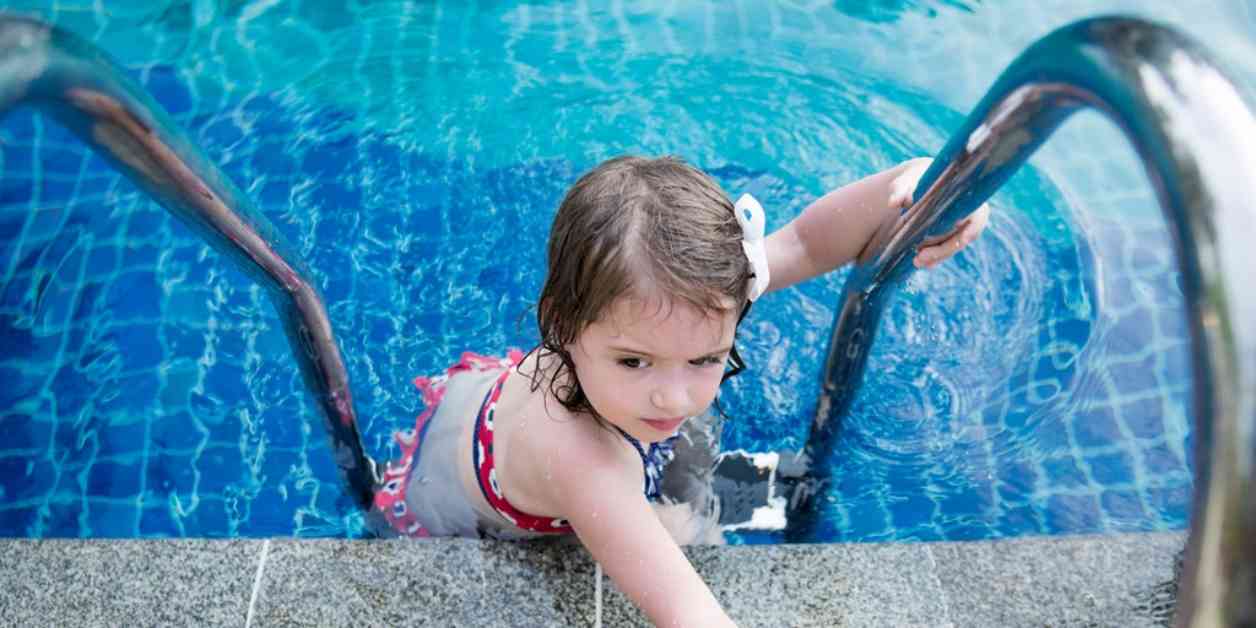As summer approaches, the focus on swimming and water safety is crucial, especially with the rising number of drowning deaths in the U.S. each year. According to a report by the U.S. Centers for Disease Control and Prevention (CDC), there are about 4,000 unintentional drowning deaths annually, with the highest rates among children aged 1 to 4 years old. Drowning is the leading cause of death for children under 4 and one of the top three causes of unintentional injury-related deaths for individuals aged 5 to 34.
The COVID-19 pandemic has contributed to an increase in drowning rates due to disruptions in infrastructure, limited access to supervised swimming areas, and more time spent in or near water. Despite the risks, over half of U.S. adults have never taken swimming lessons.
To prevent tragic drownings, experts recommend several water safety measures for families and caregivers:
1. Choose brightly colored swimsuits: Avoid blue or pastel-colored bathing suits for children as they can blend with the water. Bright colors like red make it easier to spot kids in the water.
2. Enroll in swim lessons: Studies show that swim lessons reduce childhood drowning by 88%. Organizations like the American Red Cross offer classes to help individuals become stronger, safer swimmers.
3. Be aware of high-risk individuals: Children with autism are at a higher risk of accidental drowning. Educate lifeguards on recognizing signs of distress in swimmers with autism.
4. Install safeguards for older swimmers: Caregivers of elderly adults with dementia should install gates and pool alarms to prevent accidents. Never let a senior with dementia swim alone.
5. Follow the ABCDEs of water safety: Adult supervision, barriers around water, swim classes, avoiding drain entrapment, and using devices like life jackets are essential.
6. Remain vigilant in large groups: Never assume someone else is watching your kids around water. Designate a water watcher and provide constant supervision.
7. Ensure pets’ safety: Keep an eye on pets around water and never leave them unattended, as not all dog breeds are natural swimmers.
8. Be mindful of water differences: Swimming in open water is different from a pool. Stay close to shore, be aware of rip currents, and swim with a buddy. Avoid areas with signs of larger marine life like seals or dolphins.
By following these water safety tips, families and caregivers can help prevent tragic drowning incidents and ensure a safe and enjoyable summer by the water.




